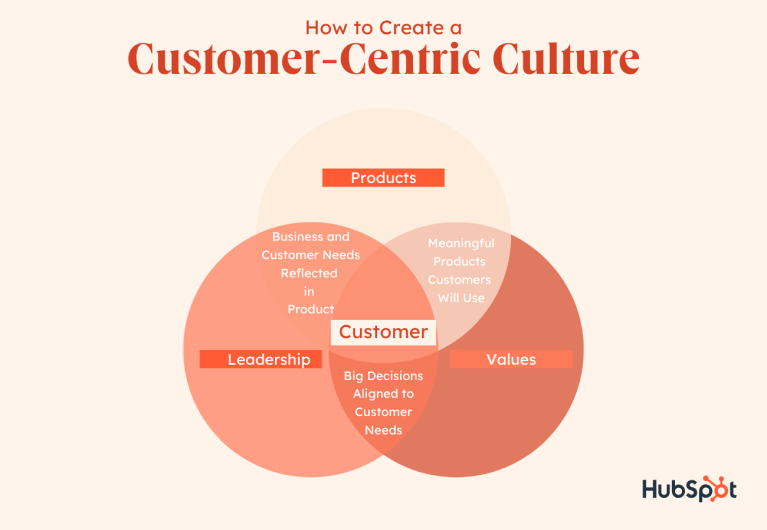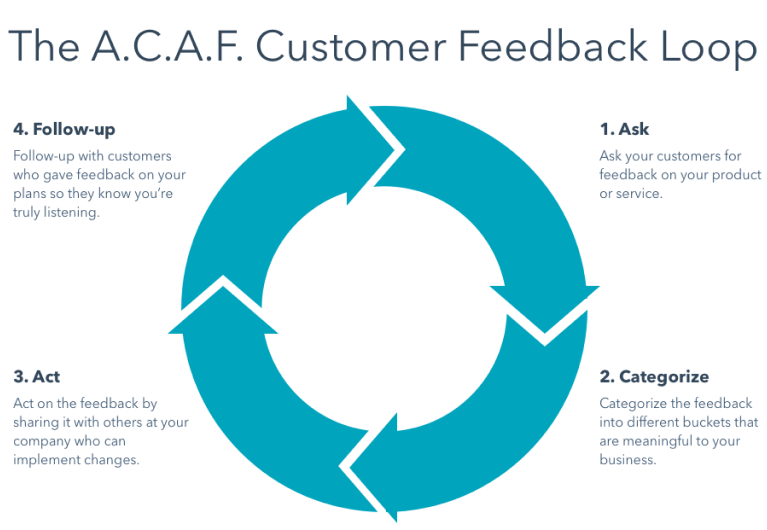It is crucial to anchor the development and implementation of your client-centric initiatives with well-defined KPIs and client success metrics to measure the impact of its client centricity. Below are the top three client-centric performance metrics broken down in detail.
Given the cost of acquisition versus retention (CAC vs CLTV), a nominal churn rate is ideal and often a leading indicator of positive client experience. Your churn rate is the percentage of the client base that terminates their partnership with your organization via cancellations, not renewing contracts, or unsubscribing from your service.
Four reasons why client-centric companies focus on minimizing the churn rate:
The key to improving retention rates is to understand why people leave, and why people remain clients. According to the Call Miner’s Churn Index Report, the annual value of client churn triggered by avoidable causes is $35.3 billion.
Three strategies to cut client churn at your company:
Be sure to monitor your client churn rate consistently. Any significant fluctuations should be identified and addressed as quickly as possible.
Net promoter score (NPS) is a measure of client satisfaction and loyalty that can also serve as an early indicator of churn. Each score is based on a general average of how clients respond to the following simple question:
The client responses are then tallied with the predefined scale below:
The goal of client-centric organizations is to maximize the number of clients that fall into the promoter category while minimizing churn as much as possible. Run your NPS survey every six months to review performance and leverage automation to highlight the clients that need special attention.
For companies invested in building long-term relationships with their clients, CLTV provides a fairly accurate measurement of the “health” of their relationships with clients.
CLTV is the total revenue associated with each client over their time spent with your brand, factoring in potential future revenue as well.
To calculate CLTV, multiply the annual revenue from a client by the average lifespan and then subtract the initial acquisition cost.
For instance, if a client’s annual spend is $10,000 annually, the average client lifespan is 5 years, and the acquisition cost is $1,000, then the CLTV is [(10,000×5)-1,000], hence the CLTV is $49,000.
Calculating CLTV also serves to identify which accounts to designate key resources to. CLTV at a client-centric organization should also be assessed based on elements that span beyond revenue, for example, partnerships, co-branding, or brand advocacy.
Adopting these KPIs is a key element of informing client-centric processes and ultimately driving client experience and the success of your strategies as a result.















